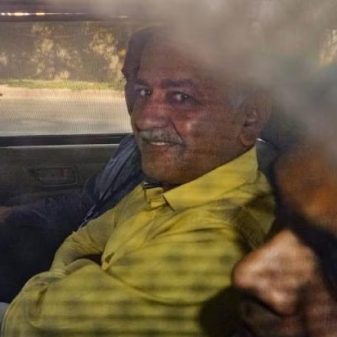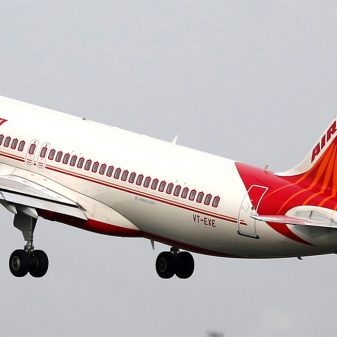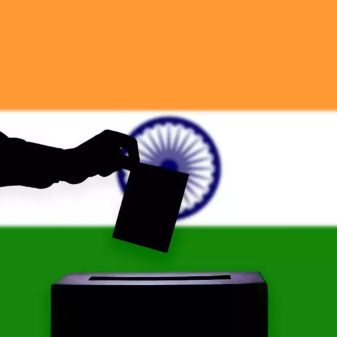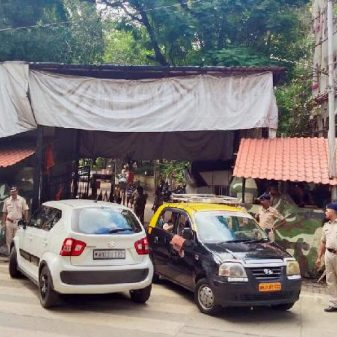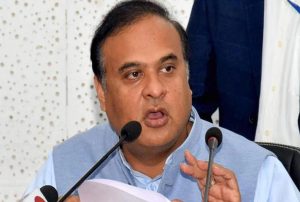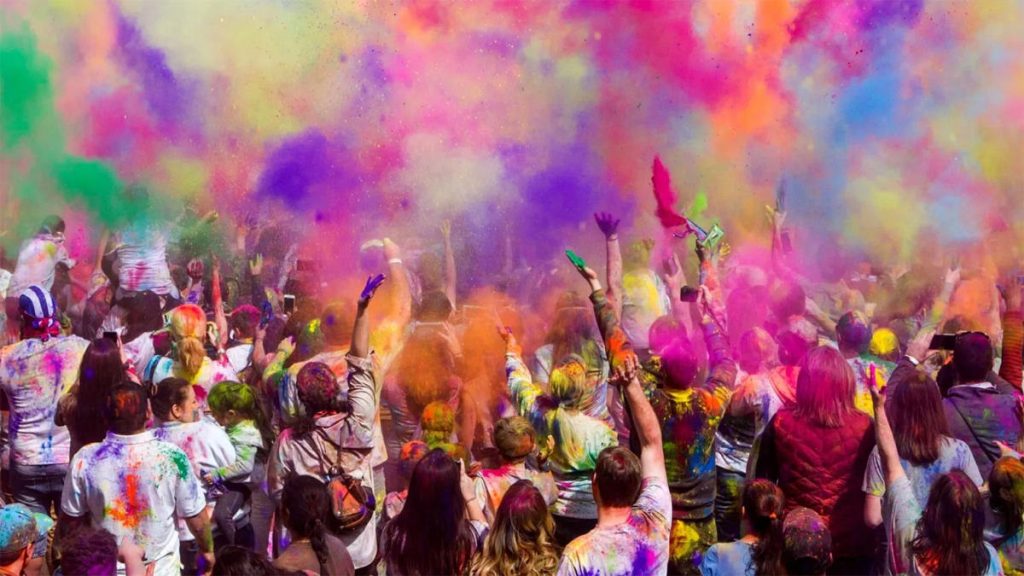
Akash Satpute
India, the nation with the oldest civilization, culture, and tradition, is a land of festivals. In order to bring society together, numerous concepts entered the globe and many festivals were observed.
Everyone celebrates in their own unique ways in a place where there are many distinct castes, ethnicities, costumes, and dances.
There were several monarchs in India, and their calendars varied as well. According to the date, festivals are observed all throughout India. In certain parts of India, the Sun and the Moon are seen as proof.
The holiday is celebrated in a variety of ways, yet each one has a common spirit.
That has been bothering me for a long time.
I had the fortunate chance to visit several states in India and learn about their culture and traditions. Despite the fact that I am originally from Maharashtra, I have lived in Manipur for the past five years and frequently go to other Indian states in between.
Google can show us India if we want to see it, but seeing India in person is the only way to truly grasp it.
Although there are many hues, shapes, costumes, and foods, we believe that all Indians are one.
Among the tribal population of Bharat, the true traditions and cultures of India are still very much alive. It is in their nature to practise traditional singing, playing, and dancing during festivals.
Throughout the previous five years, I have participated in Yaoshang, the five-day-long Holi celebration that is the largest gathering of the Manipuri community in Manipur.
The first day, elders light the Holi fire while playing traditional drums. Then, in the evening, young children visit houses to request haribola. Finally, the women and men of the same village form separate groups and visit each other’s households with dhol. On the final day of Holi, young boys and girls perform the traditional dance Thabal Chongba and play the colours in front of the god at the temple while singing and drumming are also played.
There are numerous parallels between this event and others that are observed in other Indian States.
Holi is a five-day festival celebrated by the Korku tribe of Maharashtra, who live in the Melghat neighbourhood of the Amravati district. The village elders conduct Holika Dahan with drums on the first day in the evening, and the tribal society there gathers. Young men and women there do a traditional dance together and request Haribola, and on the same fifth day, colour is performed.
The Jharkhand tribal population also celebrates Holi with tremendous fervor; beginning on the second day of Holi, there is a gathering event for young men and women known as Holi Milan, when they perform the Nagpuri dance together.
While Manipur, Maharashtra, and Jharkhand celebrate in very different ways from how we do, we can still sense the same spirit in each of them.
As we discover the origin of this celebration, it becomes clear that there was a shortage of transportation and contact resources in the past, which led people to dance to overcome their differences and reunite society. These celebrations served as a forum for introducing and understanding young people.
In the true sense, the festivals of India make us feel it, and we can proudly say that The festivals of India make us celebrate is different but feeling is one that is called as Bharat. Many festivals are celebrated in the tradition of the entire India, the form is different in appearance, but the spirit of all is the same. 9405888412 Akash Satpute
India, the nation with the oldest civilization, culture, and tradition, is a land of festivals. In order to bring society together, numerous concepts entered the globe and many festivals were observed.
Everyone celebrates in their own unique ways in a place where there are many distinct castes, ethnicity, costumes, and dances.
There were several monarchs in India, and their calendars varied as well. According to the date, festivals are observed all throughout India. In certain parts of India, the Sun and the Moon are seen as proof.
The holiday is celebrated in a variety of ways, yet each one has a common spirit.
That has been bothering me for a long time.
I had the fortunate chance to visit several states in India and learn about their culture and traditions. Despite the fact that I am originally from Maharashtra, I have lived in Manipur for the past five years and frequently go to other Indian states in between.
Google can show us India if we want to see it, but seeing India in person is the only way to truly grasp it.
Although there are many hues, shapes, costumes, and foods, we believe that all Indians are one.
Among the tribal population of Bharat, the true traditions and cultures of India are still very much alive. It is in their nature to practise traditional singing, playing, and dancing during festivals.
Throughout the previous five years, I have participated in Yaoshang, the five-day-long Holi celebration that is the largest gathering of the Manipuri community in Manipur.
The first day, elders light the Holi fire while playing traditional drums. Then, in the evening, young children visit houses to request haribola. Finally, the women and men of the same village form separate groups and visit each other’s households with dhol. On the final day of Holi, young boys and girls perform the traditional dance Thabal Chongba and play the colours in front of the god at the temple while singing and drumming are also played.
There are numerous parallels between this event and others that are observed in other Indian States.
Holi is a five-day festival celebrated by the Korku tribe of Maharashtra, who live in the Melghat neighbourhood of the Amravati district. The village elders conduct Holika Dahan with drums on the first day in the evening, and the tribal society there gathers. Young men and women there do a traditional dance together and request Haribola, and on the same fifth day, colour is performed.
The Jharkhand tribal population also celebrates Holi with tremendous fervor; beginning on the second day of Holi, there is a gathering event for young men and women known as Holi Milan, when they perform the Nagpuri dance together.
While Manipur, Maharashtra, and Jharkhand celebrate in very different ways from how we do, we can still sense the same spirit in each of them.
As we discover the origin of this celebration, it becomes clear that there was a shortage of transportation and contact resources in the past, which led people to dance to overcome their differences and reunite society. These celebrations served as a forum for introducing and understanding young people.
In the true sense, the festivals of India make us feel it, and we can proudly say that The festivals of India make us celebrate is different but feeling is one that is called as Bharat. Many festivals are celebrated in the tradition of the entire India, the form is different in appearance, but the spirit of all is the same.
(The writer is Vibhag Org Secretary ABVP Bishnupur Manipur,9405888412)

